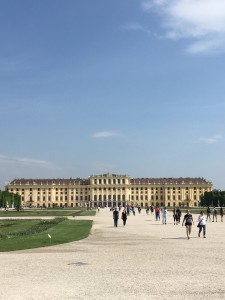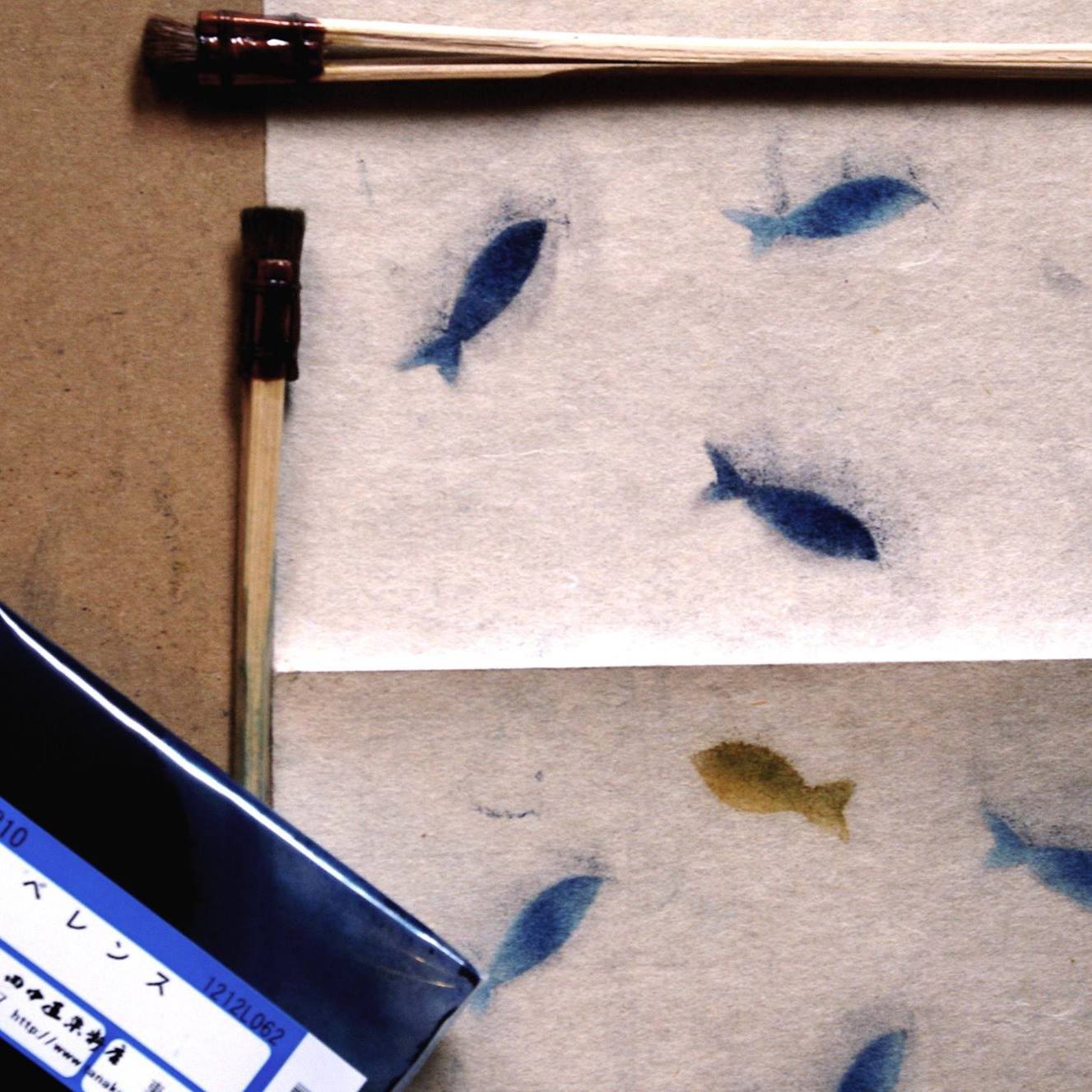Fresh off a trip to Vienna, three words resound in my head:
what a city.
As a frequent traveler, I’ve always travelled with a lot of expectations. It was heavier than my baggage… and I almost always overpack. But this time was different. I arrived with a new mindset, a focus on the present and virtually no social media presence. But that’s another story. The bottom line? Travel will never be the same. I was stunned. The people, the energy, the nature, sights and sounds…
Day One
My friend Ana and I meandered through the city center, taking in as much as possible on very little sleep. With only three days in Vienna, we aimed to cover lots of ground. We walked through countless parks and reveled in the vibes of historic cathedrals and hotels. There were so many magnificent spots – including the café at Hotel Sacher. Tip: Request to be seated inside. It’s much more beautiful than the tiny room with windows facing the street. The only bonus in that section is the sunlight streaming inside. Then we headed to Prater amusement park to play like kids and boost our energy.

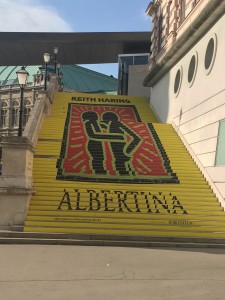
Prater was filled with locals, tourists, families and couples alike. I discovered SchokoMuseum Vienna, very similar to the ChocoMuseos in Peru. I bought delicious Madagascar dark chocolate, though there were far more options in Lima. This was the only low sugar, dark chocolate variety I could find. At Prater, we found rides for visitors of all levels of courage. Visit to scream, get soaked, challenge your brain or fulfill a need for speed. It’s a great spot for groups – everyone leaves happy. However the queen of the show, as elegant as Sisi herself, is the Wiener Riesenrad Ferris Wheel. It’s picture-taking heaven, offering sweeping views of the park and surrounding neighborhoods – complete with a surprising abundance of trees.

There are so many reasons why I’d return to Vienna, husband in tow. Prater is one of them. The ferris wheel offers a Swarovski-sponsored car for a romantic, champagne-fueled dinner for two. Swoon.
Day Two
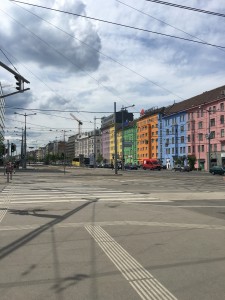
We hopped onto the Vienna Metro, the cleanest I’ve seen, and arrived in Landstraße to spend the afternoon at Belvedere. Approaching the property, we were transported from a major metropolitan boulevard to the magical gardens of the Palace Stables. Friends caught up on landscape-backed benches, families gathered for picnics, couples took in the view. It was like stepping into a Seurat styled circa 2018. Appreciation for Belvedere’s beauty coursed through the air.

Behind the glorious structure were even more gardens, leading to the Orangery for special exhibitions. What a sight. Finally, we made our way through the Palace Stables’ interiors taking in works by the likes of Gustav Klimt, Egon Schiele, Akseli Gallen-Kallela, Max Klinger, Maximilian Reinitz and Hundertwasser. Of course Belvedere itself is a work of art with phenomenal architectural details, frescoes and views. Make this your first stop in Vienna if you’re an old soul or passionate about the arts!
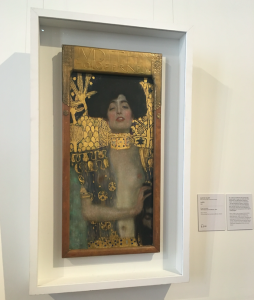
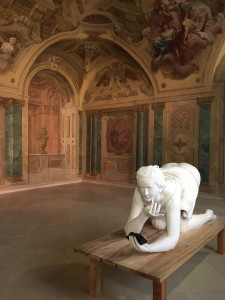
Next was the gorgeous Innere Stadt neighborhood, recalling images of Milano’s Brera. It was there we found Kotor Eat&Drink, the UNESCO-protected seaside city and Ana’s hometown. We discovered the owner, a man from Belgrade, has a home on the Bay of Kotor. We actually heard much more Serbian than English on this trip. I’ve been told there are over 1 million people from Serbia or of Serbian descent living in Vienna. It appears to be true!
We found ourselves at the MuseumsQuartier again, a grand square flanked by four museums (including twin structures opposite one another, the Kunsthistorisches Museum -Art History Museum and the Naturhistorische Museum, Natural History Museum). The square that was so subdued with picture-taking tourists a day earlier, was now filled with partygoers of all ages for a holiday afternoon rave. What a sight to see: young partygoers, parents dancing with their children and random travelers like us. The scene was Vienna in a nutshell. There’s an optimism and warmth that permeates the people. And artistic freedom is respected from classical to trance.
Then it was off to eat for the third time in two days at Veggiez. It’s a hip and super tasty vegan restaurant just steps away from the Vienna State Opera with a friendly staff and laidback vibe. A few more rounds in the city center, and we discovered quite a few gems- all closed for the May 1st holiday. Rare book shops. Fine African art. We drank up each window with wonder.
Before heading back to the hotel, it was more sightseeing, last-minute shopping and a second and final vegan ice cream run at Veganista. Definitely check out the Neubau District for cool concept stores, vintage/retro fashion – even costumes.
Day Three
We finally, we arrived to the UNESCO-protected Palace and Gardens of Schönbrunn, where the fabulous Empress Elisabeth of Austria (a.k.a. Sisi) once called home – and before her, Maria Theresa. We started with the exterior grounds, which sprawled on and on and on. I think I’d need a full week in the gardens alone to fully experience every corner, path and turn. When you go, you’ll find a dramatic lookout point, exquisite fountains, masterfully-sculpted statues, a labyrinth and more. Yes, a labyrinth. So dreamy. And there was something about the primarily young, female staff of gardeners and preservationists, that underscored the progressive nature of the city.
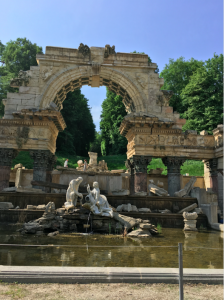
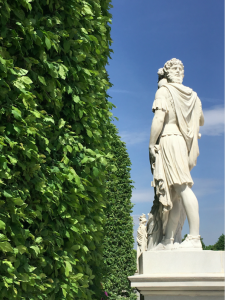
As for the palace interiors, they’re nothing short of magic. A wonder made even more special by a photography ban. We explored 20 rooms or so but the palace is home to over 1,000! Schönbrunn tugs at the imagination with a voyage into the daily lives of Sisi, Maria Theresa and their families. I was transported through time, imagining myself dancing long ago in the palace ballroom. Mozart famously performed in the Mirror Hall for Maria Theresa. He was only 6 years old.
We went on to end the trip at Designer Outlet Parndorf, a colorful village of shops about 40 minutes from Vienna. We were greeted by top-quality outlets from the likes of Gucci, Ralph Lauren, Dolce & Gabbana, Scotch & Soda, Nike and Prada.
When I do return to Vienna, I’ll just need my husband, a few evening dresses and at least two nights of music at the Vienna State Opera and Vienna Konzerthaus. Until then, dear Wien…
About Chanoa Tarle
Chanoa Tarle is a freelance copywriter, journalist and editor specializing in fashion and luxury goods/lifestyle.
Her work has appeared in magazines including ELEVATE and Luxury Hoteliers and she’s written for an inspiring list of companies including Scaling Retail and Neiman Marcus.
Get in touch – Email chanoa@chanoatarle.com


